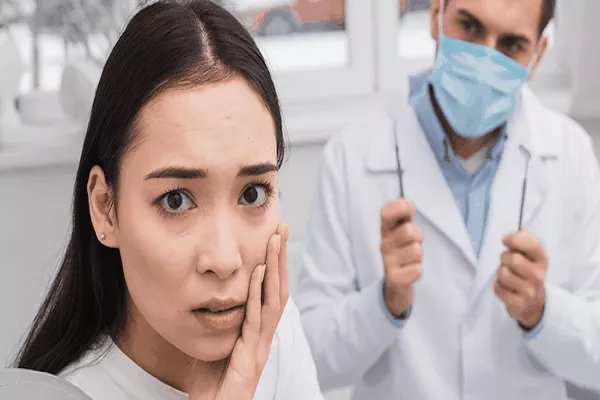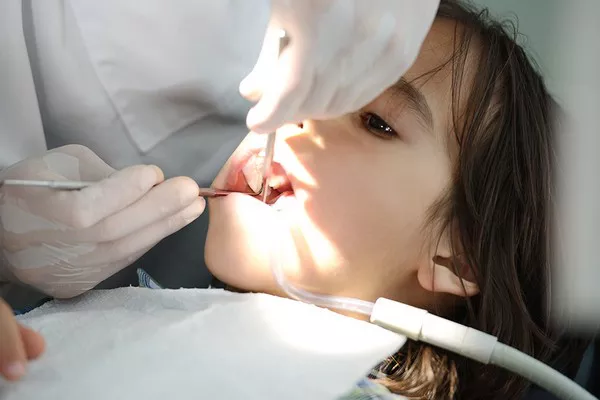Gum disease, a prevalent oral health issue affecting millions worldwide, encompasses a range of conditions from mild gingivitis to severe periodontitis. Traditional treatments often involve surgical interventions such as scaling and root planing. However, many individuals seek alternatives, wondering if it’s possible to reverse gum disease without surgery. In this article, we’ll delve into this topic, examining various non-surgical approaches and their effectiveness.
Understanding Gum Disease:
Gingivitis vs. Periodontitis: Gingivitis is the early stage of gum disease characterized by inflammation of the gums, while periodontitis involves damage to the supporting structures of the teeth.
Causes: Poor oral hygiene, smoking, genetic predisposition, hormonal changes, certain medications, and systemic diseases contribute to the development of gum disease.
Symptoms: Common symptoms include swollen, red, or bleeding gums, persistent bad breath, receding gums, loose teeth, and changes in the bite.
Non-Surgical Treatment Options:
Professional Dental Cleanings: Regular dental cleanings by a dental hygienist are essential for removing plaque and tartar buildup, reducing inflammation, and preventing the progression of gum disease.
Scaling and Root Planing: This non-surgical deep cleaning procedure involves removing plaque and tartar from above and below the gumline, as well as smoothing the tooth roots to promote gum reattachment.
Antibiotic Therapy: Topical or systemic antibiotics may be prescribed to control bacterial infection and inflammation associated with gum disease.
Laser Therapy: Laser-assisted periodontal therapy utilizes laser technology to remove infected tissue and bacteria from the gums, promoting healing and regeneration.
Antimicrobial Mouthwashes: Prescription or over-the-counter antimicrobial mouthwashes containing chlorhexidine or essential oils can help reduce bacteria and inflammation in the gums.
Home Care Strategies:
Proper Oral Hygiene: Brushing twice daily with a fluoride toothpaste and flossing regularly are crucial for removing plaque and preventing gum disease.
Interdental Cleaning: Using interdental brushes, floss picks, or water flossers can effectively clean between teeth and along the gumline, where traditional brushing may not reach.
Mouthwash Use: Rinsing with an antimicrobial mouthwash can complement brushing and flossing by reducing bacteria and plaque accumulation.
Healthy Lifestyle Habits: Avoiding tobacco products, maintaining a balanced diet, managing stress, and staying hydrated contribute to overall oral health and may help prevent or reverse gum disease.
Efficacy of Non-Surgical Approaches:
Gingivitis Reversal: With proper oral hygiene practices and professional dental cleanings, gingivitis can often be reversed, restoring gum health and preventing progression to periodontitis.
Periodontal Maintenance: Non-surgical treatments like scaling and root planing, along with diligent home care, can effectively manage periodontitis and prevent further deterioration of the gums and supporting structures.
Individual Response: The success of non-surgical interventions in reversing gum disease may vary depending on the severity of the condition, individual oral health habits, and adherence to treatment recommendations.
Challenges and Limitations:
Disease Progression: In some cases of advanced periodontitis, non-surgical treatments may not be sufficient to fully reverse the damage, necessitating surgical intervention to restore gum and bone health.
Patient Compliance: Achieving optimal outcomes with non-surgical approaches requires consistent adherence to oral hygiene practices and follow-up care, which may pose challenges for some individuals.
Need for Ongoing Maintenance: Even after successful non-surgical treatment, regular professional cleanings and diligent home care are essential for preventing recurrence of gum disease and maintaining oral health.
Conclusion:
In conclusion, while surgery has traditionally been a mainstay in the treatment of gum disease, non-surgical approaches offer viable alternatives for many individuals. With a combination of professional dental care, diligent home hygiene practices, and lifestyle modifications, it is possible to effectively manage and even reverse gum disease without surgery in many cases. However, the success of non-surgical treatments depends on early detection, timely intervention, and ongoing maintenance to prevent recurrence. Ultimately, consulting with a dental professional is essential for developing a personalized treatment plan tailored to individual needs and achieving optimal oral health outcomes.
By exploring non-surgical options and prioritizing preventive care, individuals can take proactive steps toward preserving their gum health and overall well-being, ensuring a lifetime of healthy smiles.
What Is The First Sign Of Gingivitis
Can Gingivitis Go Away On Its Own
What Are The First Signs Of Gingivitis





























